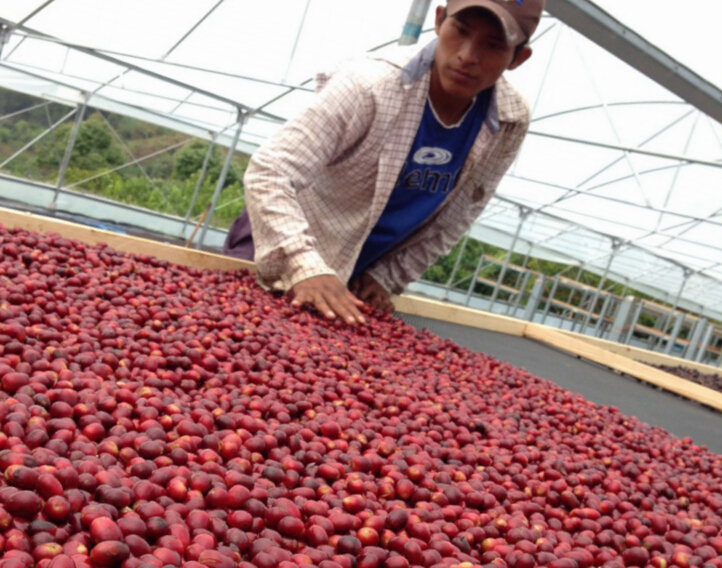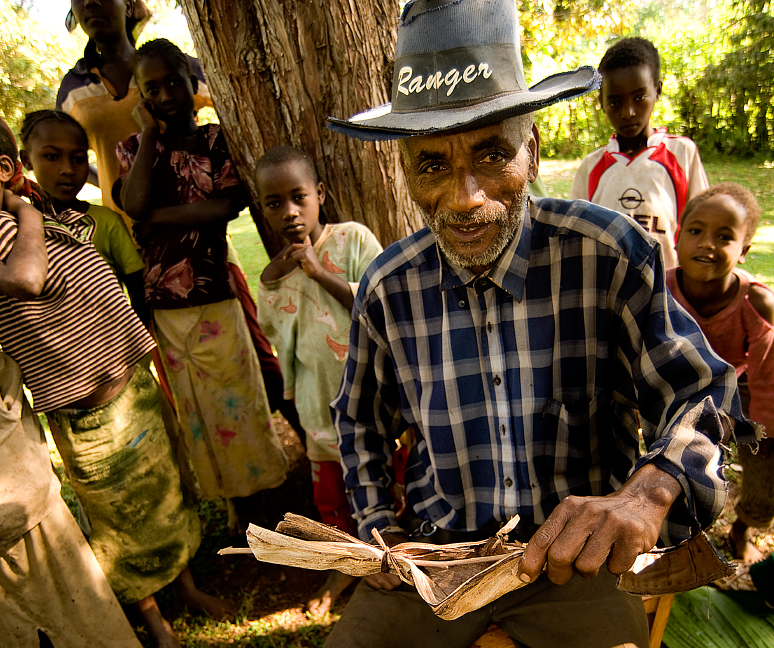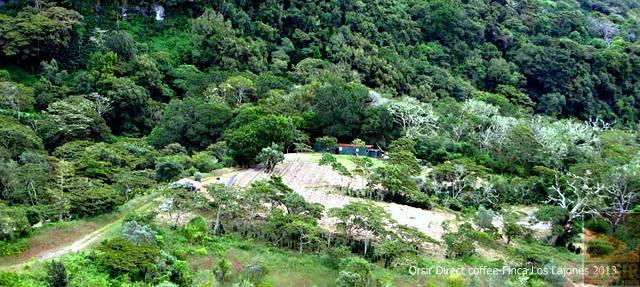Coffee Bean Selection Tutorial Coffee Bean Brand Type Guide YJSF YCFCU Dama Cooperative G2
With the deepening of people's contact with coffee, ordinary taste can no longer meet people's needs. As a result, more and more coffee lovers will buy their own beans and go home from the beginning of grinding, blending their favorite coffee flavor step by step. Coffee beans vary in size, new and old quality, how to choose their favorite and cost-effective coffee beans?
Methods / steps
Size and taste
There is a difference in taste between large coffee beans and small coffee beans. For the same kind of coffee, the bigger the bean, the higher the grade, the smaller the bean, the lower the grade, and the cheaper it is. Of course, there are differences in taste. The bigger the beans, the stronger the coffee. However, in addition to high-grade products, the classification of other coffee is not very strict, for example, the central grade beans can account for 60%. Then beans one level higher than this level and beans at a lower level will each account for 20% at the same time. Therefore, sometimes it is roasted according to the standard of the marked central grade, and the other 40% of the coffee cannot be roasted under the best conditions.
New and old and preservation time
Judging the new and old beans in coffee beans as well as the time to market can help to judge the freshness of coffee. The taste of new coffee beans and old coffee beans roasted in the same variety and the same degree will be significantly different, of course, the new beans are more fragrant, the reason is very simple, the freshness of coffee beans will directly affect the roasting and extraction of coffee. Although the moisture of the new bean will be greatly lost and the color will turn white after several years of preservation, the flavor will not be greatly affected, so it is more advantageous to choose the new bean when the specific production date of the coffee bean is unknown.
Country: Ethiopia
Grade: G2
Producing area: Dama Village, Yega Xuefei area
Altitude: 1800-2200 m
Treatment: washing
Variety: native species (Heirloom)
Producer: Dama Cooperative
Flavor: lemon peel, black tea, dried longan, flower fragrance
There are eight major producing areas in Ethiopia: Ekempti, Limu, Illubabor, Djimma, Harrar, Teppi/Bebeka, Sidamo and Yirgacheffe. Yirgacheffe is located in the Gedeo region of southern Ethiopia, and the jurisdiction of this area is better known as Yegashafi and Kochere. As the coffee produced by Yirgacheffe has a unique flavor and is widely loved, it has its own style in product classification and has always occupied a place in the global boutique coffee market. Yirgacheffe, located in Sidama province, is itself a small town, with three small producing areas Wenago, Kochere and GelenaAbaya nearby. Because the flavor of coffee produced is almost the same as that of Yega Sheffield, Kochere is also classified as Yega Sheffield. Ethiopia implemented a new trading and grading system in November 2009. the Commodity Exchange (ECX) was set up, and coffee and other agricultural products were auctioned by this official body. In addition to Yega Xuefei, three new by-production areas, Wenago, Kochere and GenlenaAbaya, were added. It can be seen that the flavor of these three production areas is very meticulous and can be subdivided. Since the implementation of the ECX system in 2008, most raw coffee beans have been sold by auction, but cooperatives are not under this jurisdiction, and they can directly contact buyers, negotiate prices and export.
The DamaCoop Cooperative (DamaCoop) is one of the 26 alliances of the Yegashev Coffee Farmers' Cooperative Union (TheYirgacheffeCoffeeFarmersCooperativesUnion) (YCFCU). YCFCU now represents more than 50, 000 coffee farmers belonging to more than 300000 family representatives, founded in June 2002. all 26 alliances are located in the southern Gedeo region of Ethiopia and is an important coffee producing area in Ethiopia. The Dama Cooperative (DamaCoop), made up of 1728 male and 237 female family members of small coffee farmers, located in the Yirgacheffe producing area, was founded in 1979 and joined the YCFCU Cooperative Alliance in 2002. These small coffee farmers cultivate an average of less than 4 hectares of coffee at an altitude of about 1800-2200 meters. Coffee varieties are mainly a mixture of Typica and Heirloom (local native species). Every one or two years, members of the cooperative will vote in an election to elect an executive committee, and the executive committee can decide on the purchase of new equipment, exchange business information with members, and how to pay for transactions. In addition, YCFCU will also assign professional managers to cooperatives to provide guidance and advice on harvest, production and other procedures, so as to increase production and improve quality. The establishment of the cooperative allows its farmers to avoid low-cost exploitation by purchasers, and when the economy is in trouble, the cooperative can also provide loan assistance, which is very positive for both farmers and coffee production.

Important Notice :
前街咖啡 FrontStreet Coffee has moved to new addredd:
FrontStreet Coffee Address: 315,Donghua East Road,GuangZhou
Tel:020 38364473
- Prev

Coffee Bean selection course Coffee Bean Brand species Guide washing local native species Yejia Ethiopia
With the deepening of people's contact with coffee, ordinary taste can no longer meet people's needs. As a result, more and more coffee lovers will buy their own beans and go home from the beginning of grinding, blending their favorite coffee flavor step by step. The size of coffee beans
- Next

Coffee Bean selection course Coffee Bean Brand species Guide Solar treatment Class its Maggie Bench Majie
With the deepening of people's contact with coffee, ordinary taste can no longer meet people's needs. As a result, more and more coffee lovers will buy their own beans and go home from the beginning of grinding, blending their favorite coffee flavor step by step. The size of coffee beans
Related
- Does Rose Summer choose Blue, Green or Red? Detailed explanation of Rose Summer Coffee plots and Classification in Panamanian Jade Manor
- What is the difference between the origin, producing area, processing plant, cooperative and manor of coffee beans?
- How fine does the espresso powder fit? how to grind the espresso?
- Sca coffee roasting degree color card coffee roasting degree 8 roasting color values what do you mean?
- The practice of lattes: how to make lattes at home
- Introduction to Indonesian Fine Coffee beans-- Java Coffee producing area of Indonesian Arabica Coffee
- How much will the flavor of light and medium roasted rose summer be expressed? What baking level is rose summer suitable for?
- Introduction to the characteristics of washing, sun-drying or wet-planing coffee commonly used in Mantenin, Indonesia
- Price characteristics of Arabica Coffee Bean Starbucks introduction to Manning Coffee Bean Taste producing area Variety Manor
- What is the authentic Yega flavor? What are the flavor characteristics of the really excellent Yejasuffi coffee beans?

